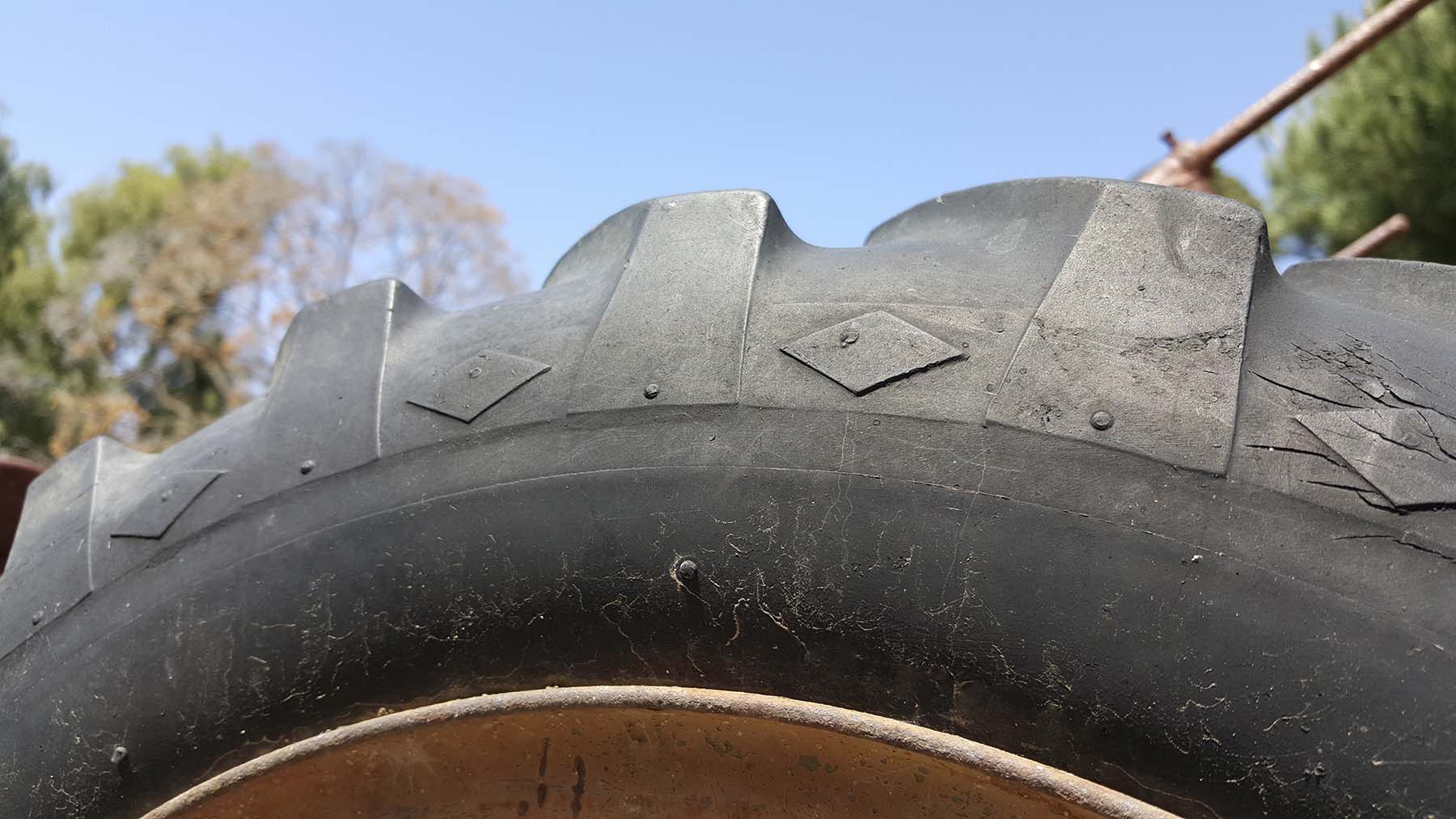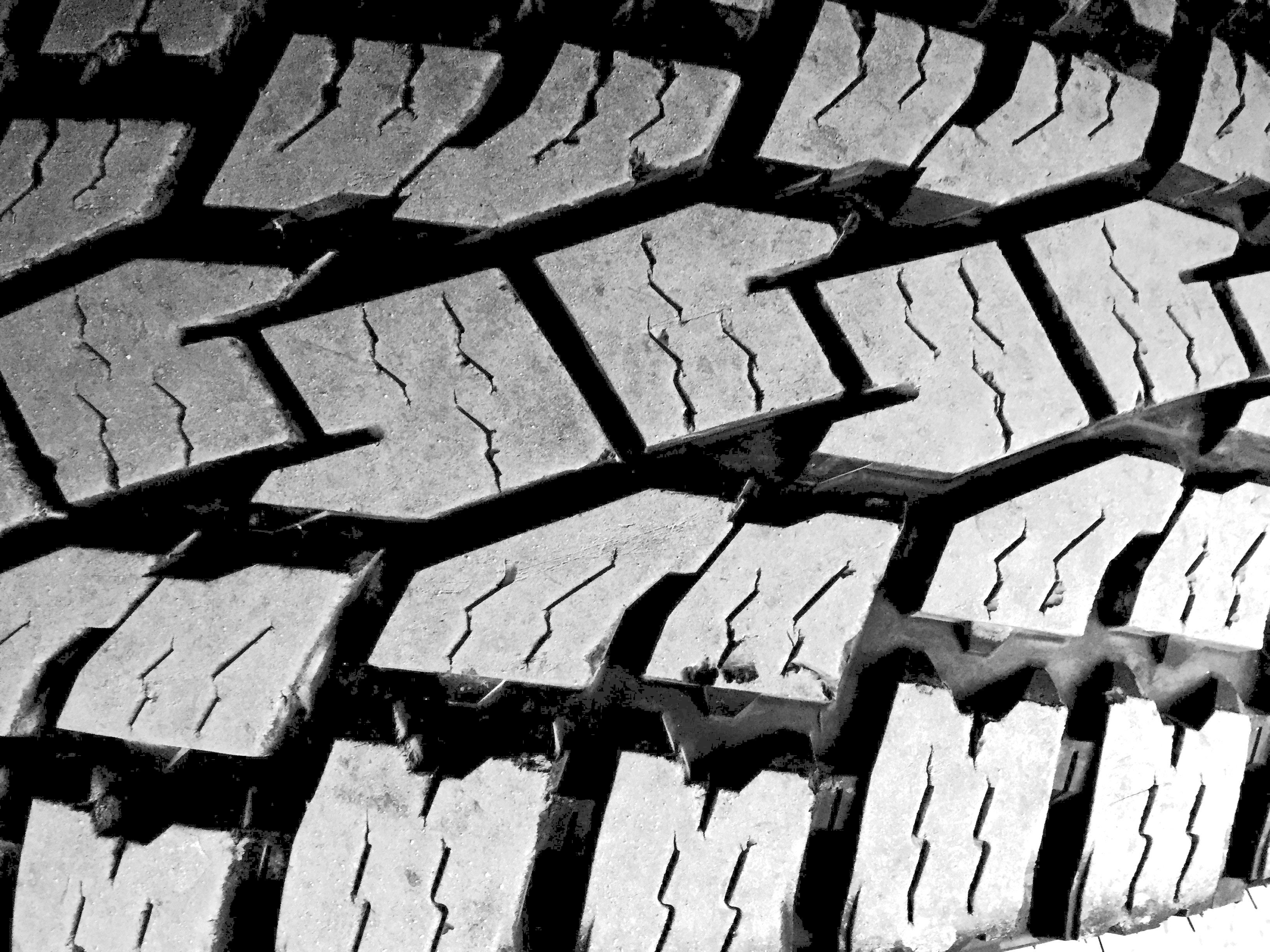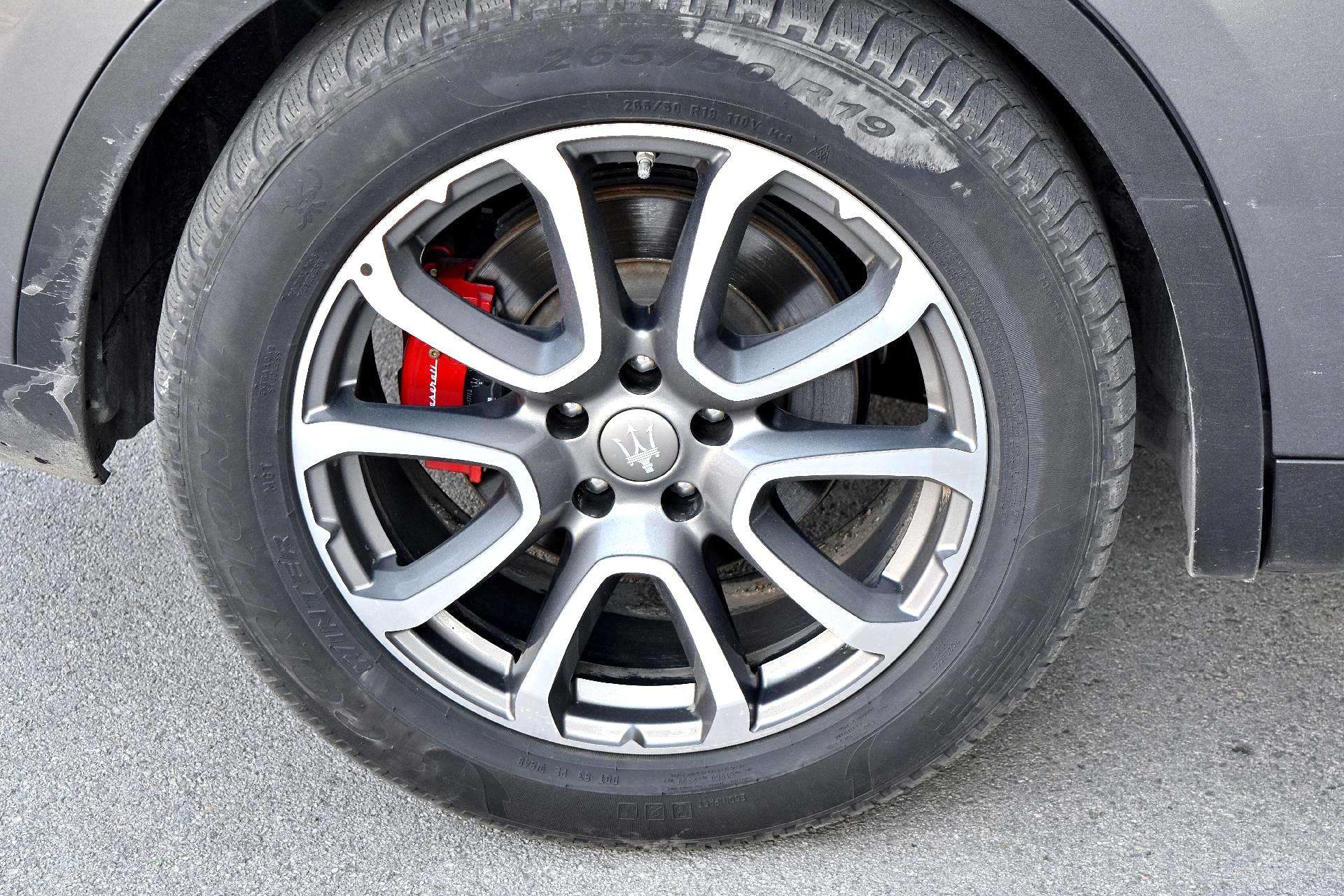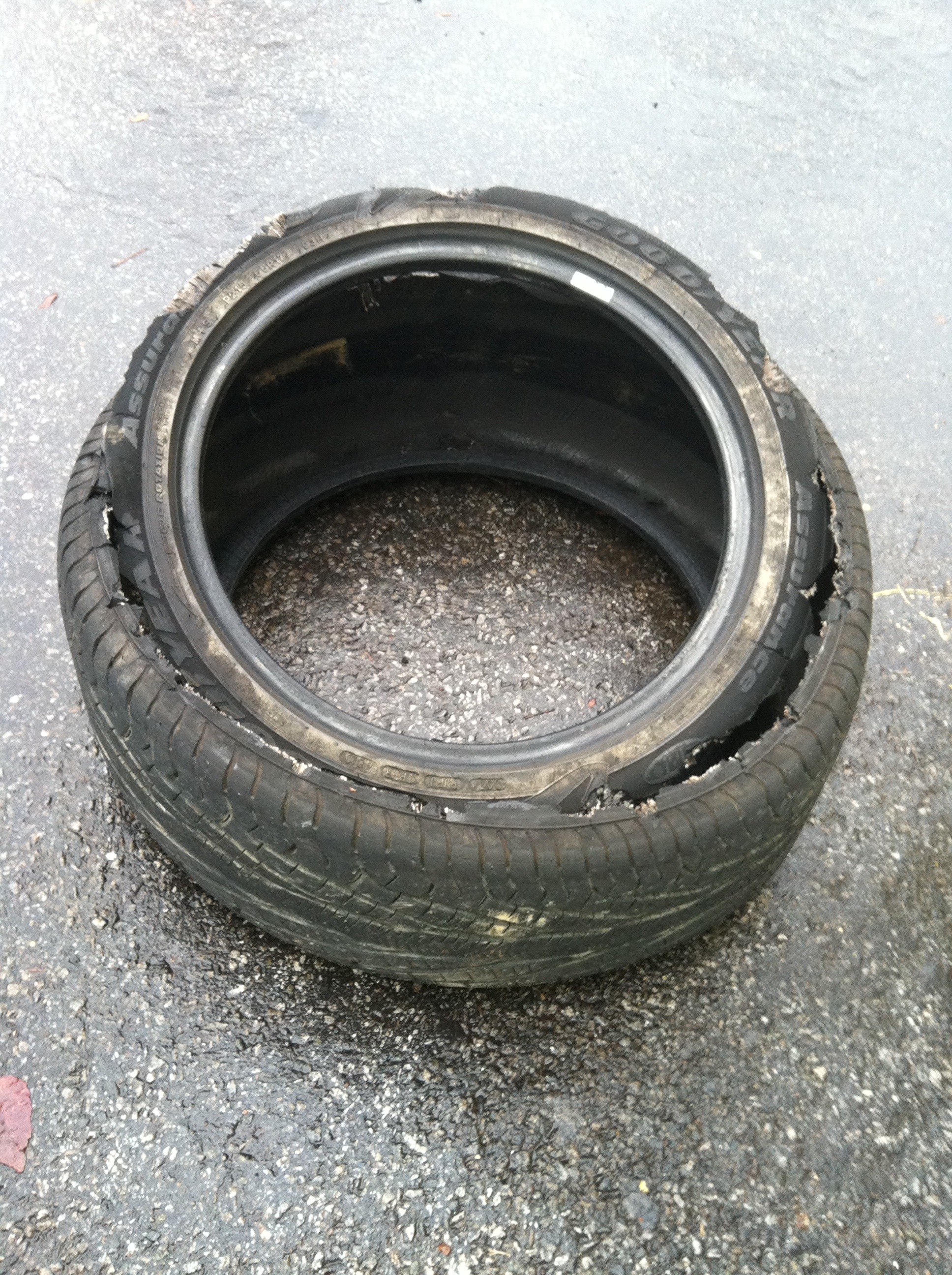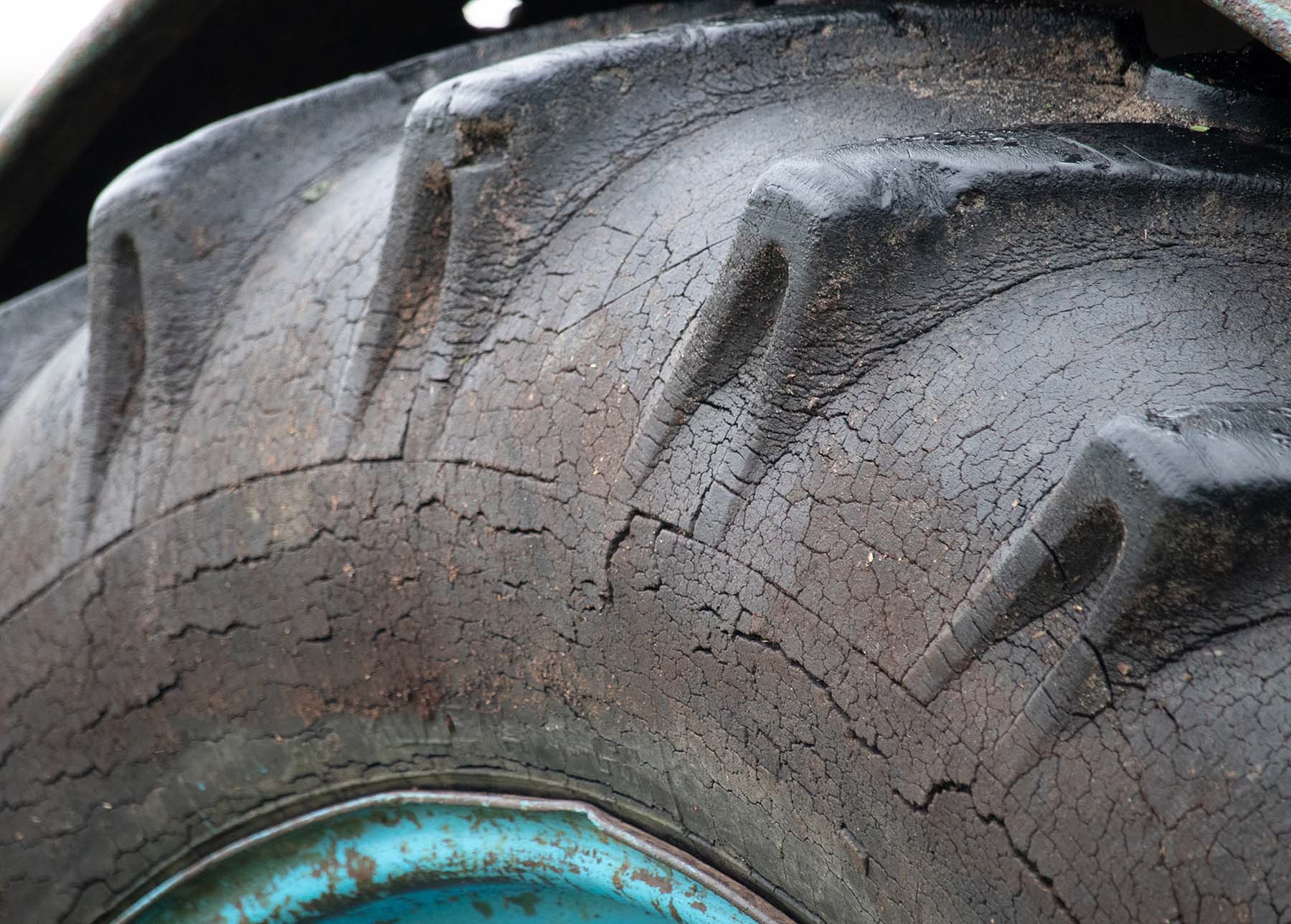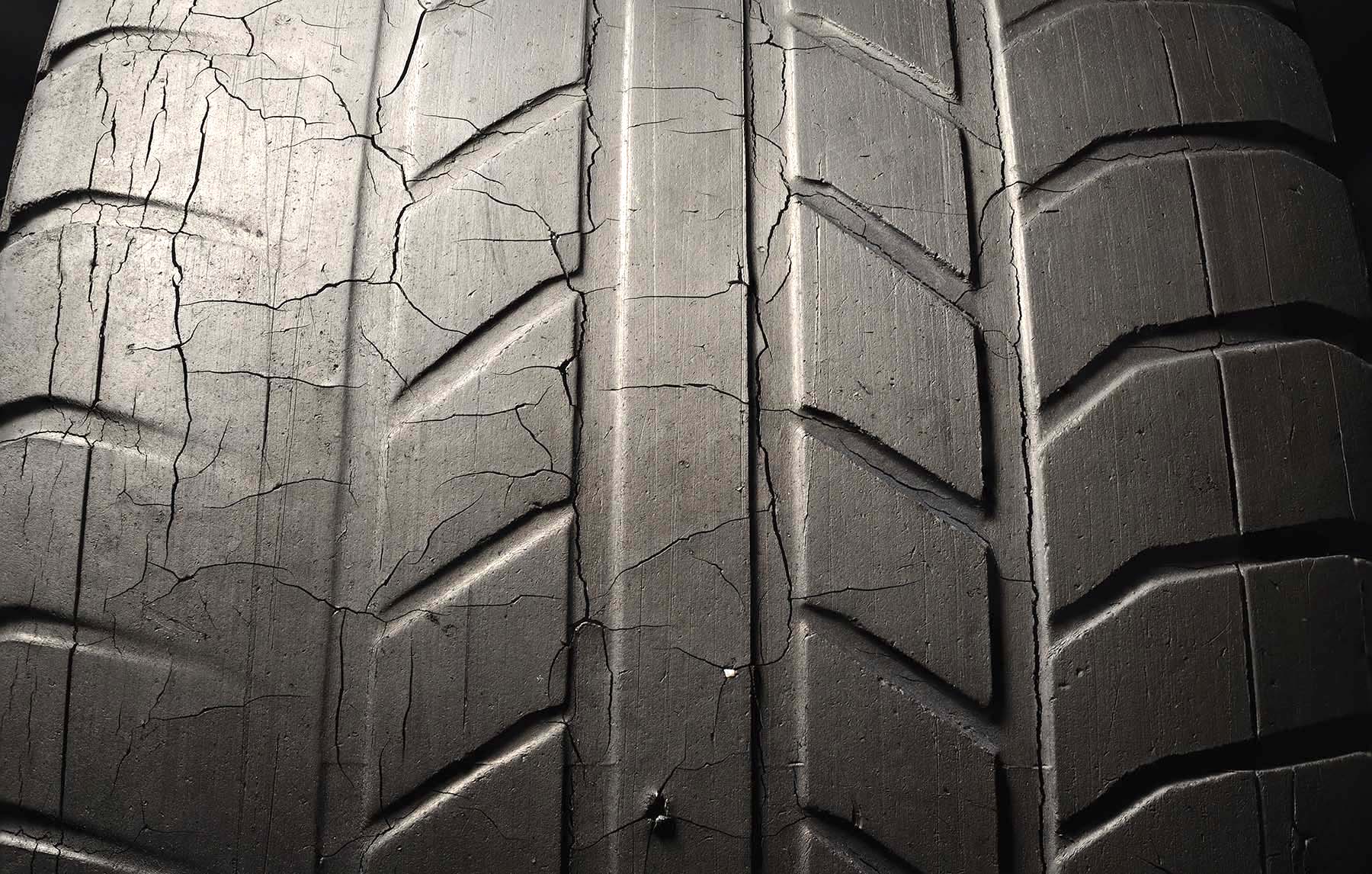Your Shopping Cart
Your cart is empty.
Subtotal ( items)
Instant Rebate Applied:
Promo Code Applied: ID.me Discount Applied:
Have a Promo Code?
Size:
Item
Item
Selected for:
/ each
Add-Ons
Wireless air pump capable of pumping up to 150 psi with 2000 MAH power bank.



Fully protect your clothes and vehicle interior during transportation of your tires. For Tires up to 31" tall and wheels up to 22".
Per sensor
Add TPMS Sensors
/per sensor
Please confirm the make, year, model and trim of the vehicle you want to purchase for:
How many sensors do you need?
The vehicle you have selected is not compatible with aftermarket TPMS Sensors.
Enter a different vehicle to add TPMS sensors

 Front Tire Size:
Front Tire Size:
 Rear Tire Size:
Rear Tire Size:
 Your Vehicle:
Your Vehicle:
Pros & Cons of Staggered Fitment

Attractive Design

Improved Handling

Improved Cornering
Bumpier Ride
Poor Traction in Snow
How do I find my tire size?



Need help?
 Your Vehicle:
Your Vehicle:
Pros & Cons of Staggered Fitment

Attractive Design

Improved Handling

Improved Cornering
Bumpier Ride
Poor Traction in Snow
How do I find my tire size?



Need help?
Pros & Cons of Staggered Fitment

Attractive Design

Improved Handling

Improved Cornering
Bumpier Ride
Poor Traction in Snow
Need help?
Need help?
How do I know if I have an LT tire?

 Your Vehicle:
Your Vehicle:
Sorry, we could not find any available
wheels for your sizing selections.
Need help?
What Causes Dry Rotting Tires? Are Tires With Dry Rot Safe?
By Tire Agent Staff
December 21, 2021
Dry rot is the deterioration of tire rubber due to age, lack of use, or exposure to harsh conditions. Dry rot tires can show visible cracking in a tire's tread or sidewall. Direct sunlight can take a terrible toll on rubber, making dry rot more likely. Although dry rot isn't always preventable, regular use and proper storage can help. Dry rotting is bad, as they are much more prone to catastrophic failure. It's important to check your tires regularly and replace them if dry rot is evident.
Four things cause dry rot in tires:
- Age
- Weather
- Lack of use
- Poor tire care
In the next sections of this post, we explain how each factor affects a tire's life. In reality, it's a combination of age, weather, lack of use, and poor tire care that contribute to tires drying out and rotting.
Can you Prevent Tires from Dry Rot?
To get the most miles from your tires, do the following:
- Always make sure your tires are properly inflated.
- Drive on your tires regularly.
- Move vehicles in storage every couple months, if possible.
How Age Affects Sidewall Cracking
Did you know that tires have expiration limited shelf lives? All tires that are sold in the U.S. are required to be stamped with their manufacturing date. In this post, "What do the numbers on tires mean," we explain all the letters and numbers on the sides of tires. Look for the DOT stamp on your tire; the last four numbers are the week and year the tire was made. A tire with 0321 was made in the third week of 2021.
Rubber can be made from organic and synthetic materials, both of which eventually will dry out. We've all found dried up, old rubber bands in the deep recesses of our furniture. They look and feel dry and cracked, and it doesn't take much effort to snap them into pieces, right? The same effect happens on all types of tires -- bicycle tires, vehicle tires, trailer tires, etc.
Vehicle tires have finite life, typically 5 to 6 years. People who live in arid climates, like the deserts of California, Nevada, Arizona and New Mexico, can experience sidewall cracking sooner than people who live in four-season humid climates. Their tires might not last 6 or more years. So, in reality, it's a combination of age and weather that affect how long the tires will last and start to crack and dry.
A word about vehicles in storage and dry rot
If you have to store a vehicle (vintage car, UTV, equipment, and even bicycles), Goodyear recommends doing this to prolong the life of your tires so they don't dry and crack:
- Try to store the vehicle so there is no weight on the tires. If that's not possible, move the vehicle once every month or so, so that the vehicle's weight is redistributed.
- Store vehicles out of direct sunlight (and harsh weather). Cover the vehicle and tires to protect from sun rays while in storage.
- If possible, leave the tires on the wheels and maintain recommended air pressure, even when the tires are in storage.
How Weather and Use Affect Dry Rot in Tires
If you take two identical tires, made on the same day, and place one on a vehicle that's driven every day and one on a vehicle that's stored in a garage, the tire that is driven on every day will last longer than the one in storage (under "normal" driving conditions). Tire rubber is engineered with protective compounds that activate when tires are driven (Polymersolutions). When tires are used regularly, they stay more flexible and more resistant to sidewall cracking. That's one reason why it's important to drive vehicles regularly, even collector cars and seasonal vehicles. Not only does starting the motors help lubricate the parts of the vehicle, but driving on the tires helps prevent tires from drying out.
This is also why tire sun protection or tire preservatives are not effective at protecting tires so they don't dry rot. Today's tire manufacturers build tires with protective materials that preserve and prolong tire life. As long as they are cared for properly, and driven regularly, your tires should not suffer from sidewall weathering.
When To Replace Dry Rotted Tires?
Tire manufacturers generally say that tire age is between 6 and 10 years, but closer to 6 years. The real "life" of a tire is more about miles driven, which depends on your driving style, terrain you drive on, vehicle you drive and your driving style. However, the shelf life of a tire is about 6 years. No matter how old a tire is or how many miles it's been driven, if you notice cracks in the sidewalls, you should replace the tire immediately.
If you notice cracks in the sidewalls of your tires, it's time to replace them.
Can You Repair or Fix Dry Rot Tires?
We do not recommend that you repair or patch tires that have dry rot. Tires that have started to crack and dry are beyond their useful age and should be replaced. We're not saying this just because we're in the business of selling tires. We'd say this no matter what business we were in: If the sidewalls of your tires show signs of drying and cracking, they are aging and dangerous. Don't drive on weathered tires. They are in danger of blowout.
You will find products for sale that claim to fix dry rot on tires. The only time that you want to "fix" a dry rotted tire is when you are trying to get it to the auto shop to replace the tire.
Is It Safe to Drive on Dry Rot Tires?
We recommend that you have your local tire professional look at your tires, if you suspect they have dry rot. The general rule for dry rot on tires and tire safety is the only place you should drive on tires with dry rot is to your auto repair shop.
If you're trying to get as many miles on your tires as possible because price is a concern, Tire Agent offers payment plans that can alleviate the stress of buying a full set of tires at one time.
FAQs about tire dry rot
Are dry rotted tires safe?
No.
Does tire shine prevent dry rot?
No, not really. The best way to prevent tire dry rot is to drive on tires regularly, keep them properly inflated, have them rotated and inspected every few months (with your oil changes).
Can you buy UV protection for tires?
Yes, but the real question is, do these products work? According to Consumer Reports, several tire manufacturers do not recommend using tire dressing, especially for prolonging a tire's life. Today's tires are built to resist ozone and UV damage. Rubber conditioner for tires will make them look pretty, but it doesn't prolong your tire's life.
How do you stop dry rot on tires?
Once tires have dried and started cracking, it's time to replace them. You can prevent tires from becoming dry by caring for them: Drive on them regularly, keep them properly inflated, and rotate your tires as the manufacturer recommends.
How long before tires get dry rot?
Six to 10 years, depending on where you live and how well you care for your tires.
How to Spot Dry Rot on Tires: Tire Dry Rot Pictures
Sometimes, sidewall cracks on tires can be difficult to spot, while other times they are quite obvious. Dry rot in tires can look like tiny, thin lines, like you'd see in crackle-finished pottery. You can spot them on the sidewalls, as well as in the grooves between the tires' treads.
If you spot cracks in your treads or sidewalls, it's time to shop for tires.
Dry rot can appear as very fine vein-like lines in a tire. Even tires that have never been driven can dry out and rot, especially if they're left in the sun or outdoor weather too long.
Look closely at the above photo and in the 10 o'clock position, note what appears to be a crack in the tire. This is likely tread separation and not dry rot. Tread separation is just as dangerous to drive on and needs immediate attention.
In its extremes, above is a tire that has severe dry rot.
Commercial vehicles that spend a lot of time outdoors are susceptible to dry rot (sidewall cracking or sidewall weathering), as you can see in the photo above.
Above is a closeup of a tire with severe dry rot. If you see even one line like the ones above, it's time to replace your tires.
How to Qualify for the $50 Offer
- Add items to your cart and begin checkout.
- Select PayPair and apply for financing.
- If you’re approved by a participating lender, you’ll see a $50 promotional rebate applied to your order total.
-
To receive the $50, you must:
- Complete your purchase with a qualifying lender,
- Agree to the payment terms,
- And make the required number of consecutive on-time payments, as specified by the lender.
Note: Offer available only through select lenders. Additional eligibility requirements and conditions apply. Rebate may be issued after verification of qualifying payment activity. Terms subject to change.
How to Purchase Tires and Wheels
With a Payment Plan
Tire Agent's payment plans make it easy to get the best partial or full set of tires and wheels for your vehicle.
It's fast, secure and won't affect your credit score
Match with multiple lenders
Why Choose PayPair?
PayPair’s Partners and Plans

No Money Down

No Money Down

No Credit Needed*

No Money Down

$1 to Start!*

No Money Down

No Credit Needed*

$1 to Start!*

No Money Down
Other Payment Plans

$0 to Little Down

Pay with your bank account

Simplified checkout experience

Faster and easier than using cards or cash

Simplified checkout experience

Faster and easier than using cards or cash
*SNAP: The advertised service is a lease-to-own agreement provided by Snap RTO LLC. Lease-to-own financing is not available to residents of Minnesota, New Jersey and Wisconsin. NO CREDIT NEEDED: Not all applicants are approved. While no credit history is required, Snap obtains information from consumer reporting agencies in connection with applications, and your score with those agencies may be affected. PAYMENT PLAN: The standard plan consists of renewable lease terms. To exercise an early ownership, consumers must make regular payments on time and schedule additional payments via the customer portal or by contacting Customer Care at 1-877-557-3769. KATAPULT: The Promotional Initial Payment (plus any applicable taxes and fees) is due at lease signing. Your lease-purchase payment amount will be determined after you select your product(s). You will not acquire ownership of the product(s) if the total amount necessary to acquire ownership is not paid. The Promotional Initial Payment does not reduce the cost of the lease-purchase agreement. The Promotional Initial Payment is only available when shopping at Tire Agent through the Katapult mobile app and at Tire Agent’s website. Product pricing subject to change and availability. Disclosure: 90-day early purchase option (EPO) terms and conditions apply: 90-Day (3 months in CA) You can buy out your lease-to-own agreement within the first 90-days. This amount includes the cash price, plus the lease-to-own cost for the first 90-days. Taking advantage of the 90-day purchase option will save you the most money! PROGRESSIVE: Ownership by rental/lease agreement with Progressive Leasing costs more than the retailer’s cash price. Select items only. Cancel or purchase early at any time. Not available in MN, NJ, VT, WI, WY. Progressive Leasing obtains information from credit bureaus. Not all applicants are approved. Standard agreement offers 12 months to ownership. 90-day purchase options cost more than the retailer’s cash price (except 3-month option in CA). To purchase early or to cancel lease, you must call 877-898-1970. Retailer cannot activate early purchase options.

